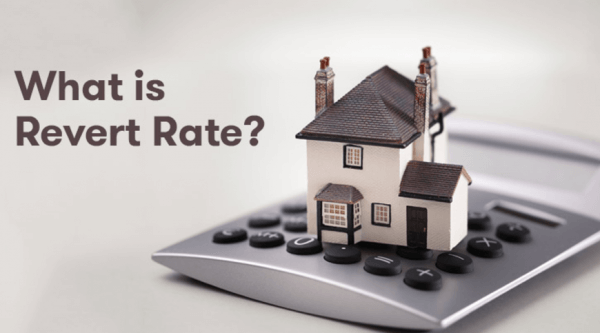August 24, 2017
Many people often ask “What happens after the fix rate?”. Whilst this is a very good question, it is not something which requires the most concern.
A mortgage is a commitment usually taken for 20-25 years initially. However, the actual cycle of most home loans tends to be 5-10 years. In this period, you will either sell the property, refinance the loan with another bank or you will negotiate more favorable terms than the revert rate with the existing bank. Therefore, you only need to consider the monthly repayment during the fixed period.

If you were investing into a savings plan / fund you wouldn’t place that sort of money into such vehicle without reviewing it’s performance quarterly or annually. The same applies to a mortgage.
Two months before the expiry of a fixed rate is the ideal time to review your mortgage. This gives ample time to understand what the ‘standard’ repayments will be upon expiry.
Despite what the official revision rate is in your mortgage contract when faced with the prospect of losing a mortgage customer UAE banks typically will be open to renegotiate the revision rate. Then a cost analysis will be conducted. This will include the exit costs payable to your current lender should you choose to move to another bank, the costs at the Dubai Land Department to de-register and re-register your mortgage, and finally the establishment costs of the new loan including a new valuation fee.
It is only necessary to change your mortgage if the numbers make sense and the costs of changing can be recouped within an appropriate period of time.
Click here to calculate your monthly repayments and borrowing costs.









